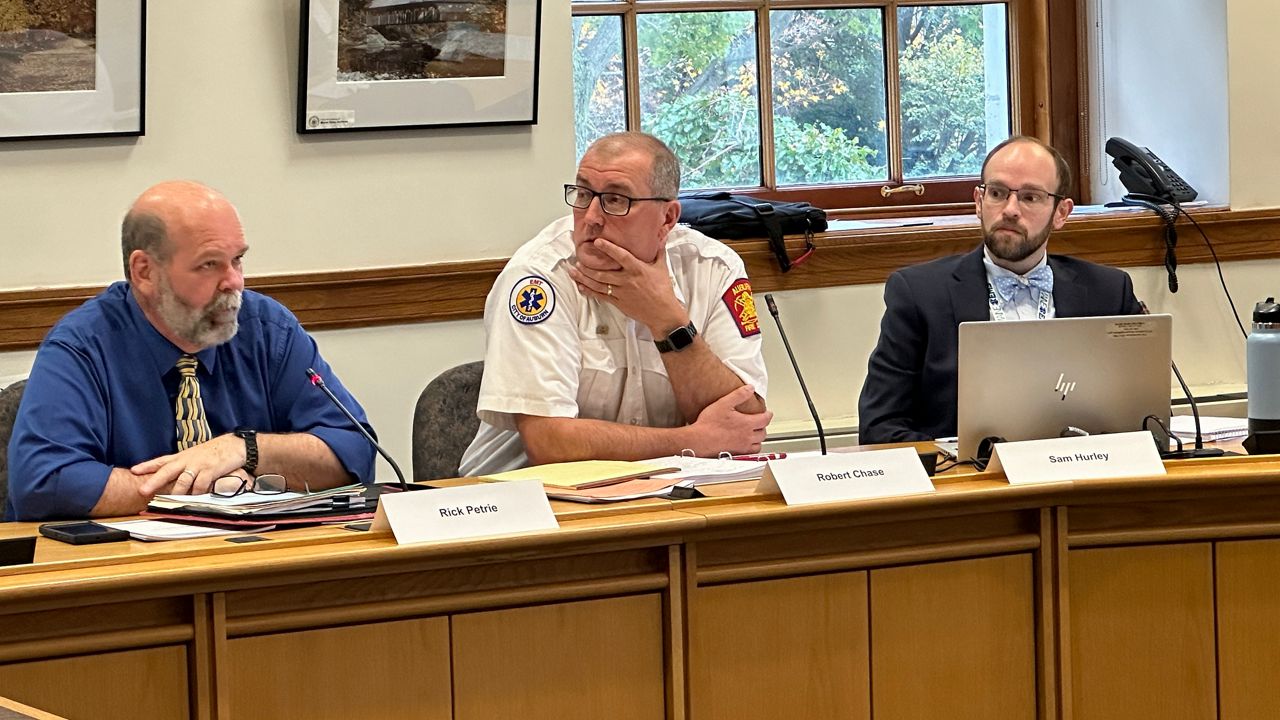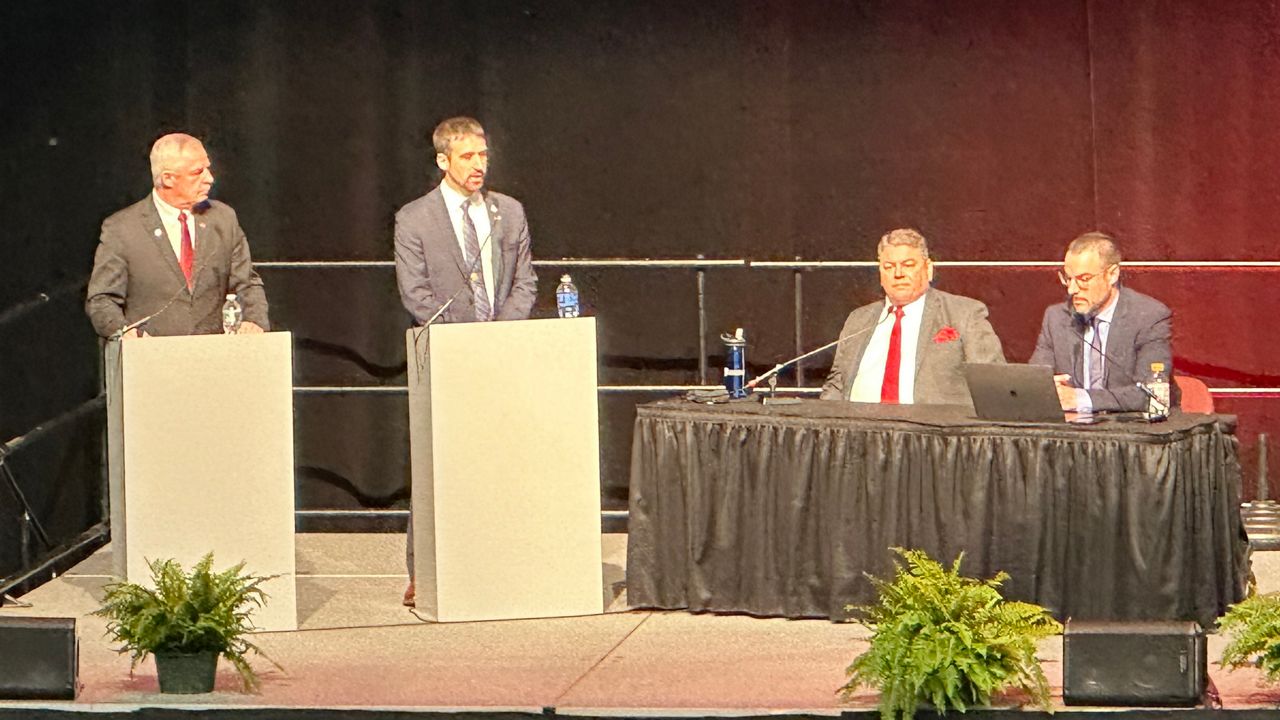Emergency medical services across Maine are struggling to stay afloat because workers aren’t staying in the field and reimbursement rates don’t cover the true cost of providing a 24/7 service, the director of Maine Emergency Medical Services said Monday.
Part of the problem is the “cost of readiness,” a term to describe the time crews spend waiting to respond to calls, Sam Hurley told the Blue Ribbon Commission to Study Emergency Medical Services in the State.
“Reimbursement probably pays for EMS at that call,” he said. “The problem is the cost of readiness. It doesn’t pay for any of that. It doesn’t pay for the true cost of EMS, which is the cost of readiness.”
Earlier this year, lawmakers approved $31 million in spending to help EMS providers, particularly those in rural Maine, that are struggling to provide services.
The Legislature also asked the commission to continue work begun just over a year ago with a focus this time on long-term solutions.
Rick Petrie, of North East Mobile Health Services, a for-profit ambulance service, said it’s time for a “coordinated full-court press” to attract and retain EMS staff.
“We really need to look at sustainability down the road,” Petrie said. “We really appreciate the money that has been put out to help services try to get their head above water, but we really need to look at the long term.”
That $31 million will be spread over two programs, with $12 million in stabilization grants to keep services from failing and $18 million for sustainability. An additional $860,000 is for four positions in state government to help run the programs.
The committee will use a report issued last year as a jumping off point for making progress ahead of the legislative session that begins in January.
The commission’s 2022 report described EMS providers in the state as “at the edge of a cliff, or over it” particularly in rural Maine.
“Current subsidies, especially volunteerism, are declining and revealing the true cost of EMS, and the state must step in to ensure that EMS does not disappear in parts of this state,” the report states.
For those who are paid, the average annual salary for an EMT varies based on location from $29,225 to $35,542, according to the Maine Department of Labor. The range for paramedics is $38,836 to $53,244.
Those salaries have led to problems recruiting and retaining employees.
“A primary contributor to these recruitment and retention issues is the generally inadequate compensation and benefits offered to many EMS employees,” according to the report.
Hurley said the state doesn’t have as much of a problem with recruitment as it does with retention.
In addition to low pay, on-the-job stress often makes it hard for workers to stay in the profession.
“EMS is a tough, tough job,” Hurley said. “We have had many who have taken their lives related to stressors of the job. It’s a combination of having to work in a field where pay is relatively low and you are challenged to provide a high level of service in very austere and complicated environments.”
Over the last 50 years, EMS has evolved in Maine to become a mix of services provided by cities, towns and private entities.
The vast majority of the approximately 275 licensed services are connected to fire departments (173), with 41 nonprofit, community-based services, 35 independent municipal services, 11 private services and 11 hospital-based services, according to the 2022 report.
And although there were 288,273 calls for EMS in 2021, most services in the state have a low call volume. Sixty-four percent respond to fewer than 500 calls per year and 56% averaged less than one call per day.
Hurley said another challenge is meeting citizen expectations.
“We as a society have established an expectation that when you dial 9-1-1 because you are having chest pain or because someone has slurred speech and a facial droop because they are having a stroke, that someone is going to come and they are going to come promptly and provide the highest quality medical services to you,” he said.









)